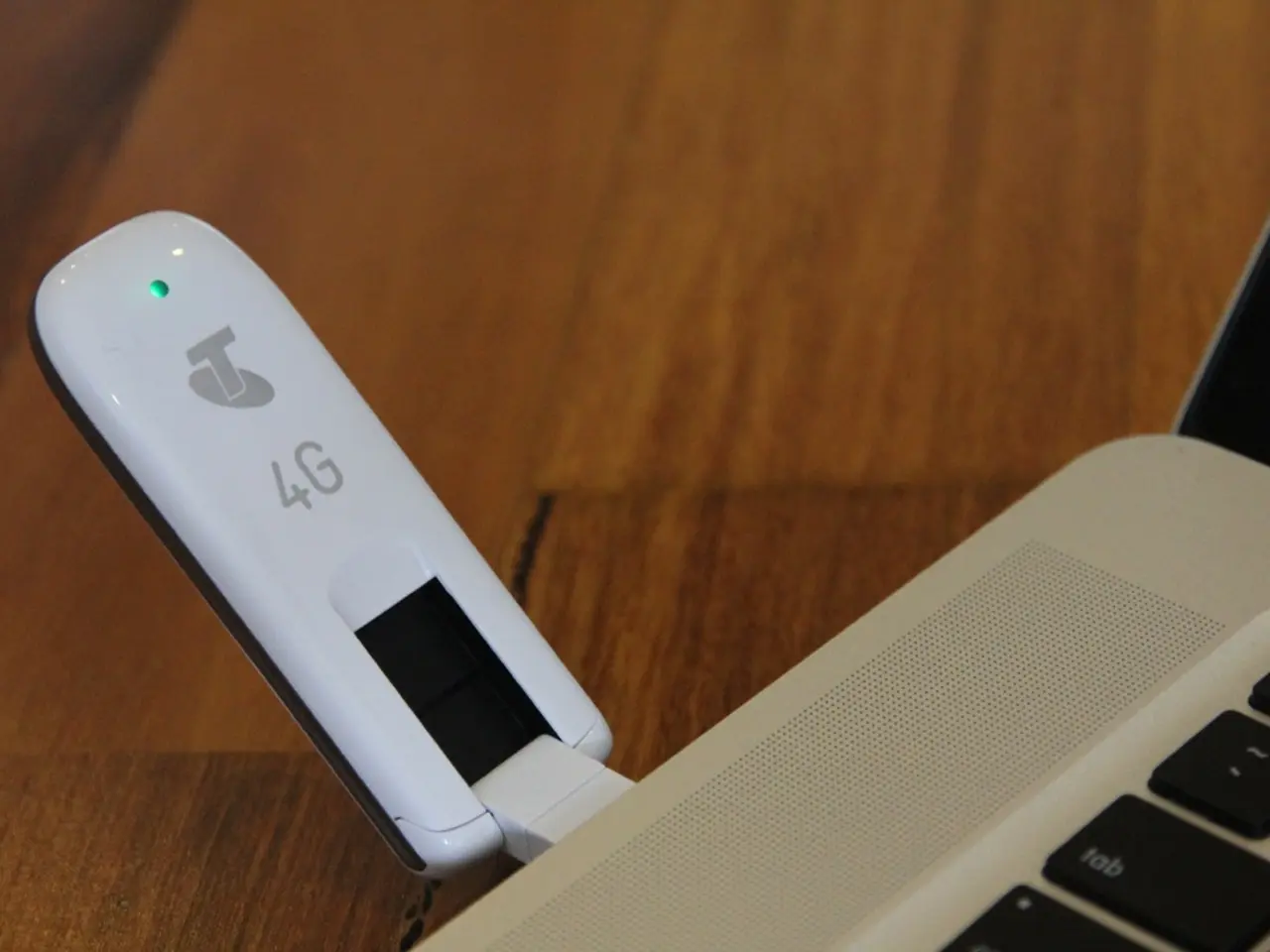Cybersecurity awareness experiences a surge at the Veterans Affairs department
In May 2006, a significant event unfolded at the Department of Veterans Affairs (VA) when a laptop and external hard drive containing personal data on 26.5 million veterans were stolen. The stolen devices, which lacked encryption and password protection, marked the beginning of a critical period that would transform the VA's approach to cybersecurity.
The stolen information, which included names, dates of birth, and social security numbers, raised serious concerns about the vulnerabilities in VA’s data security systems. The incident was not reported to the VA secretary for nearly two weeks, and it was not until Congress and veterans affected by the breach were informed, almost three weeks later, that the gravity of the situation became evident.
The breach acted as a catalyst for improvements in cybersecurity practices and legislation at the VA. The Veterans Benefits, Health Care, and Information Technology Act, passed by Congress in December 2006, strengthened security procedures at the VA and required the agency to report its progress to Congress. The act also accelerated the IT reorganization, elevating the Chief Information Officer (CIO) role to an assistant secretary position and giving the role the authority to oversee the VA's entire IT program.
The act further mandated that all VA laptops be encrypted going forward, and the VA was required to report on compliance. The breach underscored the need for government-wide cybersecurity reforms, leading to reviews and updates to standards across departments handling sensitive citizen data.
The incident also contributed to legislative momentum for stronger laws governing data privacy, cybersecurity standards, and breach reporting requirements in federal agencies. Although specific legislation passed immediately after the 2006 breach is not detailed, it fits into a pattern of growing Congressional interest in cybersecurity oversight and regulatory updates affecting VA and related agencies over the years.
The VA inspector general's office criticized cybersecurity officials for acting with indifference and little sense of urgency. The breach triggered a cybersecurity "awakening" at the VA, leading to a major overhaul of data protection policies, technology upgrades, and stricter controls over how sensitive veteran data is handled and accessed within the department.
The VA implemented enhanced cybersecurity practices, including improved encryption, better access controls, and employee training to reduce the risk of similar breaches. The concept of real-time visibility into network vulnerabilities became a governmentwide imperative with the launch of the Department of Homeland Security's Continuous Diagnostics and Mitigation program in 2012.
Looking back, some argue that the 2006 VA incident was a missed opportunity to empower top IT officials across government. Former VA CIO Roger Baker, who joined the agency in 2009, emphasized the need for the backing of the agency’s top leader to implement changes. When Baker's team adopted a new process for monitoring the status of encryption electronically, it revealed that only 85% of the agency's laptops were encrypted.
In conclusion, the 2006 VA data breach served as a wake-up call that transformed how the VA and the US government approach cybersecurity, reinforcing the protection of veterans' data through enhanced technical measures, stricter policies, and legislative efforts to safeguard sensitive government-held information.
The 2006 VA data breach led to the reimagining of the federal workforce's approach to cybersecurity, as the Veterans Benefits, Health Care, and Information Technology Act elevated the Chief Information Officer role and mandated encryption for all VA laptops. The incident also sparked a need for government-wide cybersecurity reforms, affecting departments handling sensitive citizen data, and contributed to legislative momentum for stronger data privacy and cybersecurity laws.







